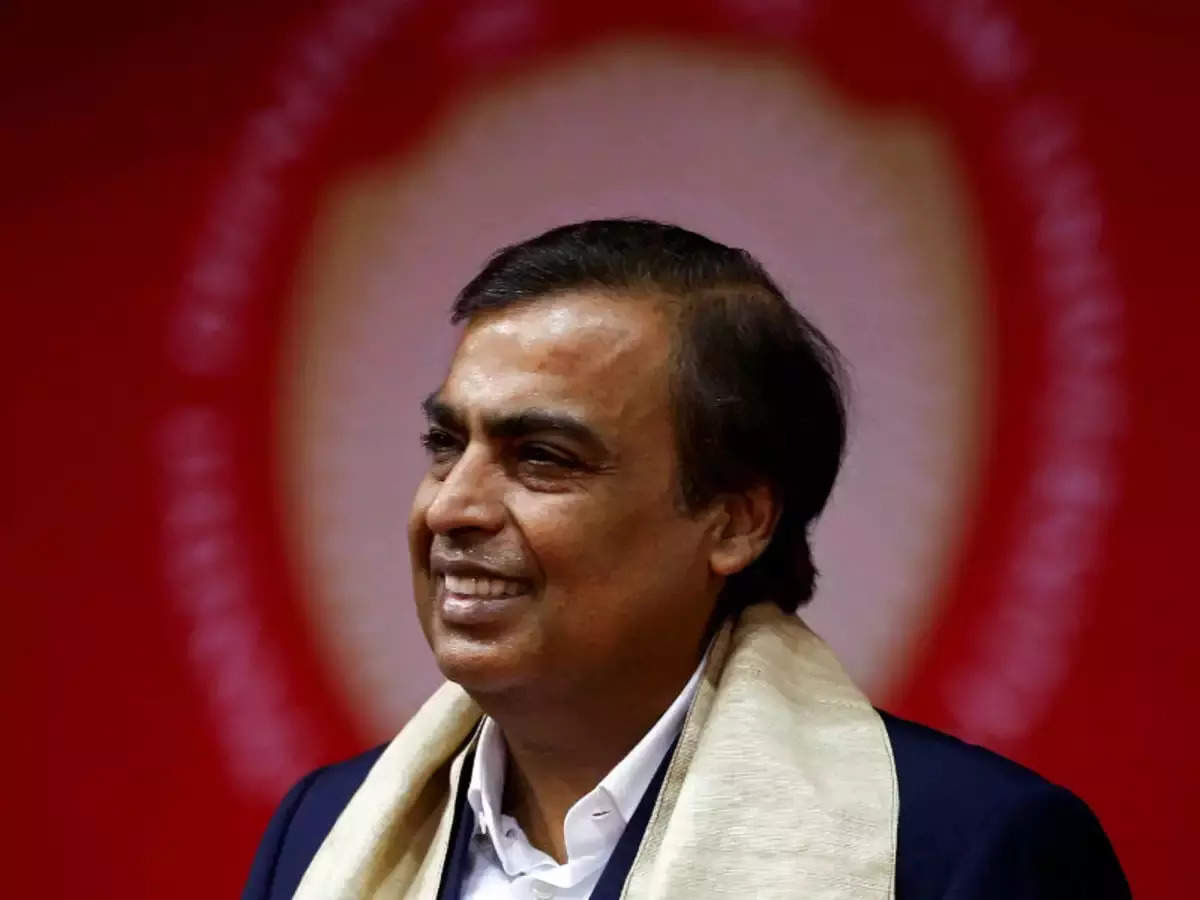[ad_1]
“During 2024, we expect mobile tariffs in India to rise by 20% as operators are likely to intensify their focus on improving ROCE which is likely to dip in FY24 on the back of hefty network investments,” Jefferies analyst Akshat Agarwal said.
The government, which owns 33% stake in debt-ridden Vodafone Idea, may also favour tariff hikes to support the telco’s survival which in turn will improve overall outlook for tariff hike, he said.
As the inflation-adjusted sector average revenue per user (Arpu) is still 16% below the pre-Jio launch level, CLSA said unfinished agenda items such as a tariff hike for telecom companies makes Bharti and Reliance interesting indirect post-election plays for stock investors.
Also read | New year wishlist for Mukesh Ambani from 37 lakh shareholders of Reliance Industries
CLSA estimates that Bharti Airtel will lead tariff hikes to an Arpu of Rs 257 by FY26. For Jio, Nomura is building in a 13% tariff hike in FY25 and FY26 leading to Arpu of Rs 194 and Rs 212.
“Sector revenue should grow in 2024, with likely tariff hikes following the general elections in 2H24 and mobile data penetration reaching 83% by FY26. We factor in 20% cumulative tariff hikes for Bharti, Vodafone Idea and Jio to FY26 and forecast a 12% Cagr for mobile revenue to Rs 3,078 billion by FY26,” said Deepti Chaturvedi and Saurabh Mehrotra of CLSA.Bharti Enterprises chairman Sunil Mittal has in the past said the ideal Arpu should be at Rs 300. In a recent interview with ET, he had pointed out how India’s telecom tariffs are even cheaper than Africa’s. “We’ve tried to take it up as much as we could but we can’t do everything in isolation,” Mittal had said, hinting at the role of competition in enabling hikes.
Airtel, which is yet to release its December quarter numbers, reported Arpu of Rs 203 in Q2. Reliance Jio’s Arpu rise 2% YoY to Rs 181.7 in Q3 with better subscriber mix partially offset by unlimited data allowance on 5G network.
Jio’s potential listing in 2025 is also likely to make it more amenable to higher tariffs in 2024 to boost its growth.
“In absence of mobile tariff hikes, our FY26 forecast for Reliance Jio’s Ebitda will be lower by 22% to $7.6bn. This could meaningfully impact Jio’s valuation around listing, hence we believe upward trajectory of tariffs will be supported by Jio as well,” Jefferies said.
The brokerage firm’s analysis of ARPU/per capita GDP ratio for 45 countries reveals that countries with per-capita GDP in the range of US$2000-3000 have an ARPU/GDP ratio of 1.5%.
“Against this, India’s current sector ARPU (based on active subs) of Rs 190 implies an ARPU/GDP ratio of 1.1%. At 1.5% ARPU/per capita GDP ratio, India’s sector ARPU could reach Rs 248 – offering another 30% upside, implying significant scope for ARPUs to rise further,” it said.
While Reliance Jio has completed the rollout of 5G network, Airtel has taken a more gradual approach. Vodafone Idea, on the other hand, has not announced any rollout plans yet.
“With rising focus on monetisation, telcos may discontinue offering unlimited 5G data to their higher-Arpu data subscribers and announce data-intensive 5G plans at higher price points. While 5G by itself is unlikely to drive up Arpus meaningfully, it is likely to help Bharti/Jio gain market share from VIL,” Jefferies said.
Analysts at Emkay Global also expect a tariff hike in FY25 as telcos are not earning the required rate of return and will need a tariff hike to recover the 5G investment. Besides, a moderate tariff hike is unlikely to alleviate the cash constraint for Vodafone Idea.
Shares of Bharti Airtel are up 17.51% so far in the month while RIL is up 4%.
(You can now subscribe to our ETMarkets WhatsApp channel)
(Disclaimer: Recommendations, suggestions, views and opinions given by the experts are their own. These do not represent the views of The Economic Times)
[ad_2]
Source link
